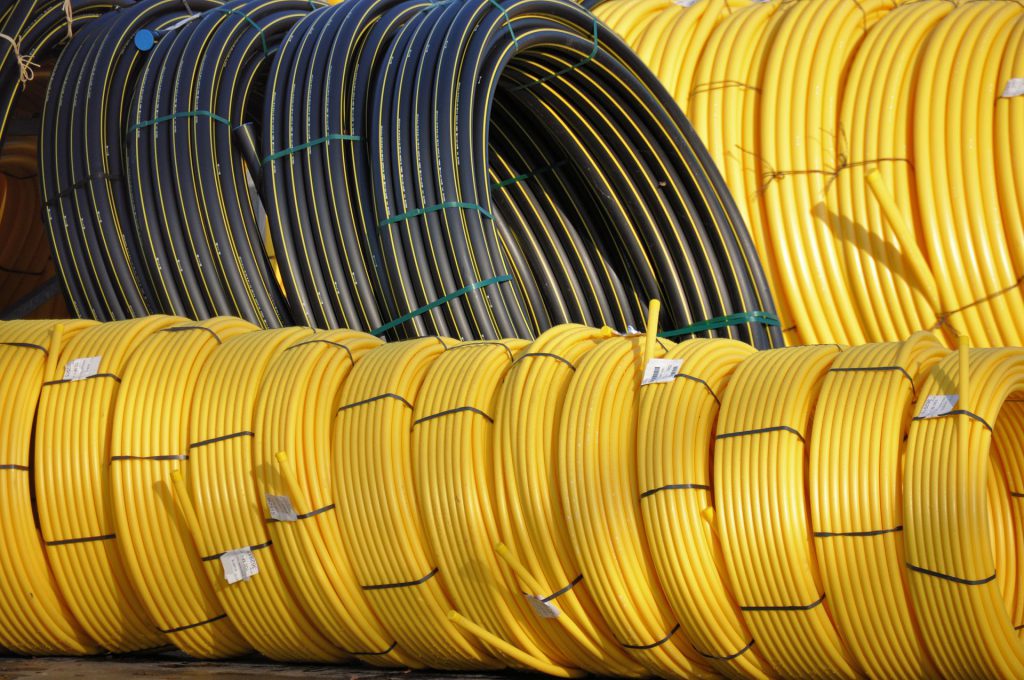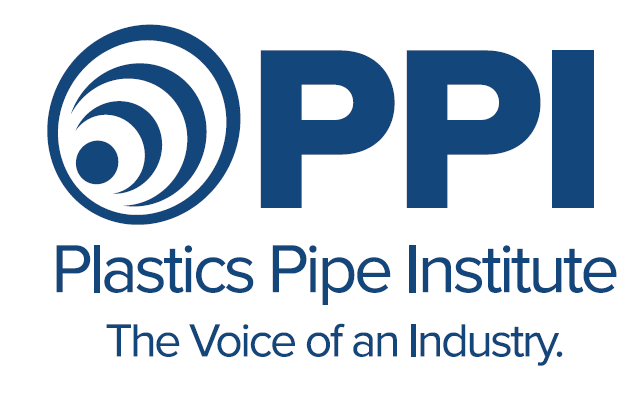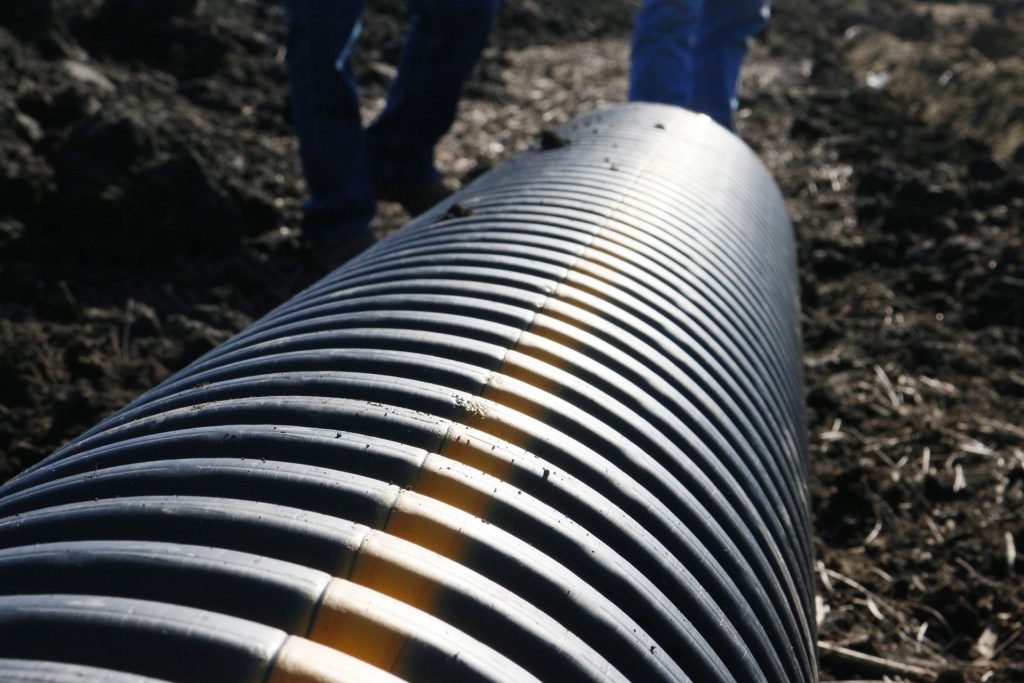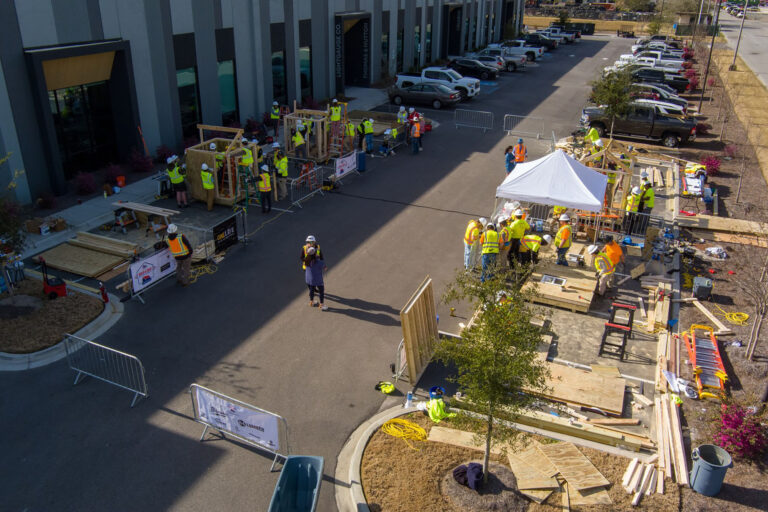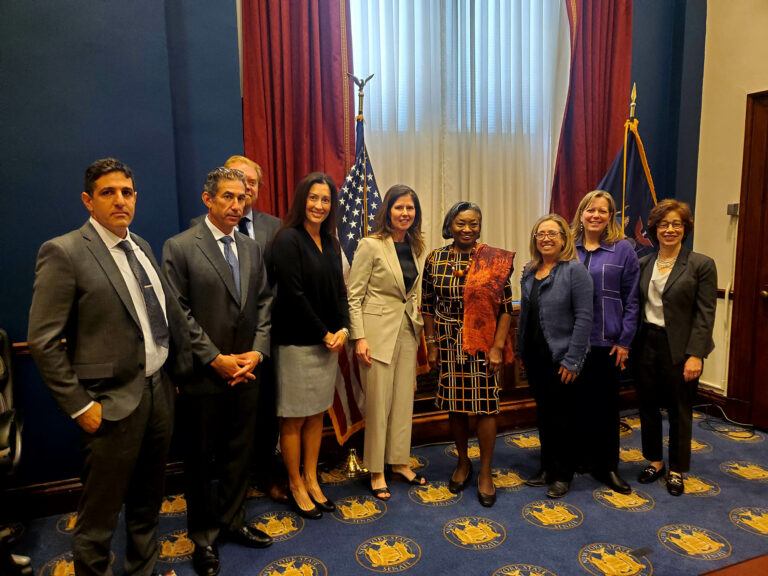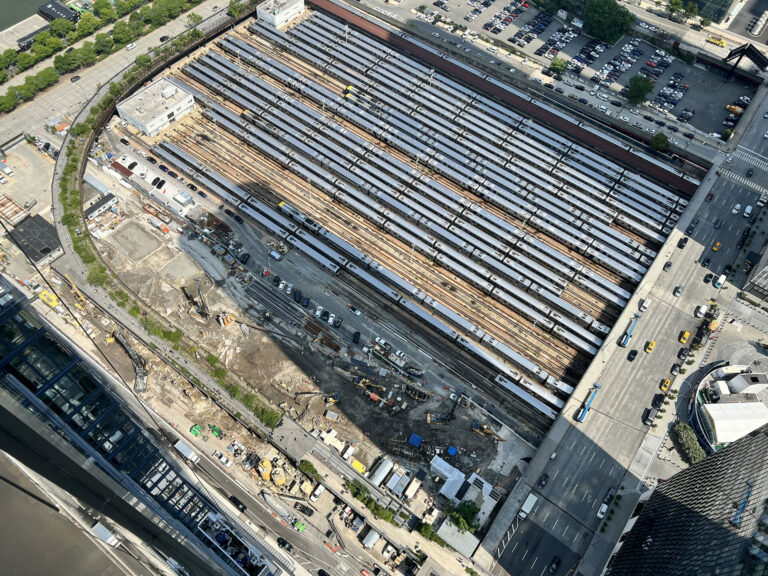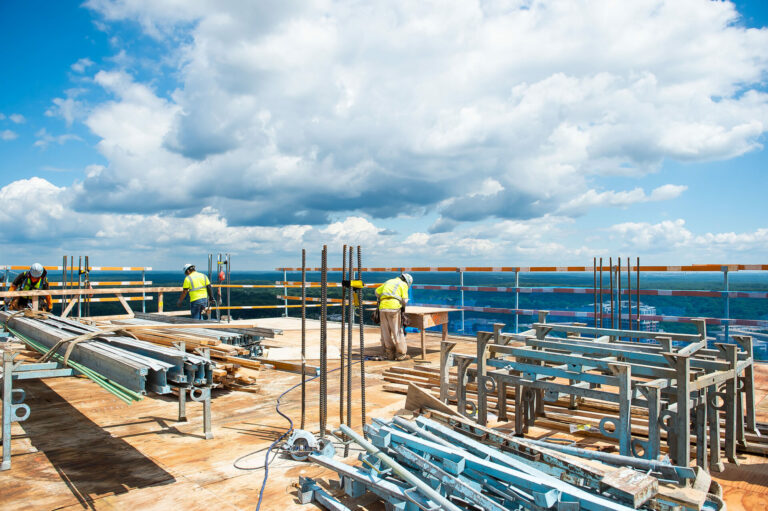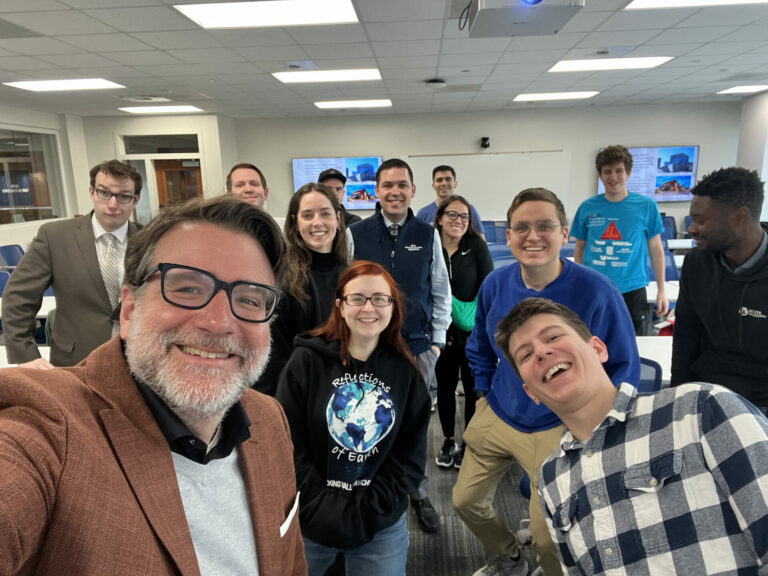Within certain sectors of the construction industry, there seems to be a resistance to change. Heritage and reputation are hard won commodities and, regardless of actual merits, can be far-reaching and long lasting. The plastic pipe industry has, by any reckoning, been around long enough to be considered a permanent fixture. For well over half a century it has provided flexible and durable solutions to multiple areas within the construction industry. However, given that it is in competition with materials that have been around for thousands of years, it is unfairly considered to be unreliable and unproven in some quarters. To question this narrative is the Plastics Pipe Institute, a long standing association that has been an advocate for its members, ranging from building and construction through to energy and Municipal work, since 1950. In addition to that, the PPI also prioritizes education around the benefits of plastic pipe usage across the industry. Yes, copper and concrete may have their benefits, but plastic has developed into a material that is sophisticated and proven and it is now expected to be the major growth sector in piping well into the future. Given the enormous figures being spoken about in terms of infrastructure investment, the signs are good for the industry.
In order to get a clear picture on where things currently stand, it is important to look back somewhat. The mission of the Plastics Pipe Institute is to “advance the acceptance and use of plastic pipe systems through research, education, technical expertise and advocacy” and it is within this context that the burgeoning industry set about forming a collective in 1950 having, according to David Fink, President of Plastics Pipe Institute, acknowledged that “at that point there was not an association or an organization that was managing thermoplastic piping. There were no standards or codes, or anything that was standardized as far as development of pressure listings and lifetime expectancies.” At the time, plastic was still in an embryonic stage with many aspects of the material still being created and invented. It was an unknown and the need to methodically research and test its capabilities was an essential aspect of moving the potential towards the tangible. Over time, this initial group, a thermoplastic pipe division within the Society of Plastics Industry, grew steadily into the leading North American trade association for all segments of the plastic piping industry.
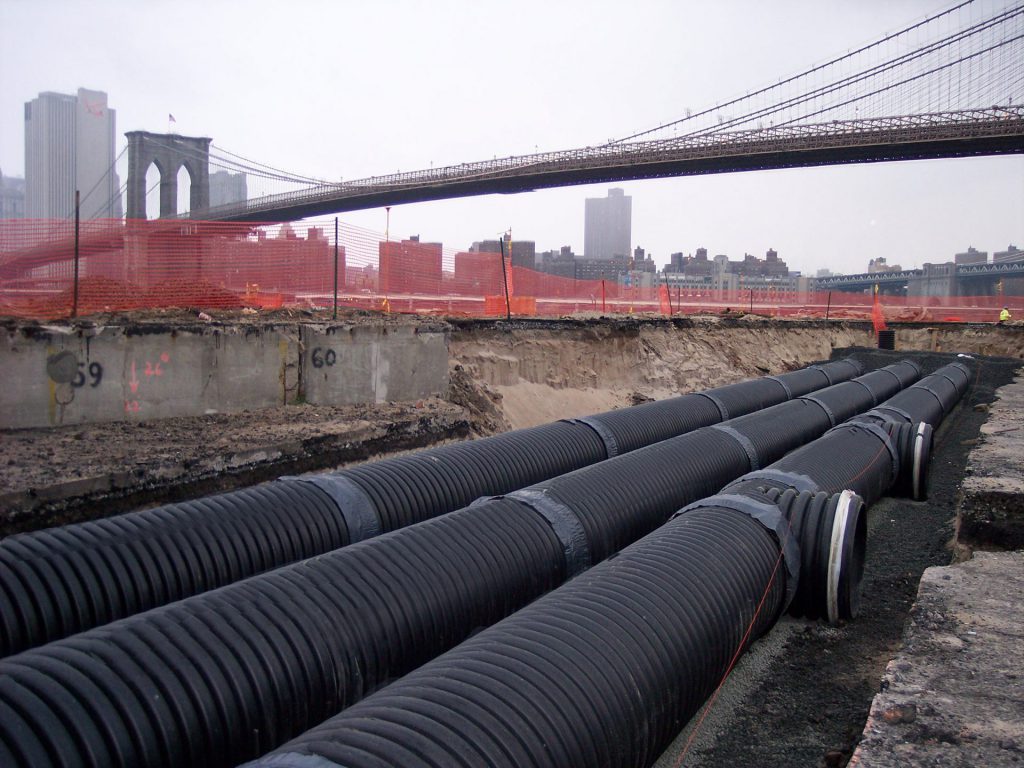
It goes without saying that the PPI needed to ensure that they had the data available to back up claims of efficacy and performance. In the 1950’s, questions abounded about the strength, functionality and longevity of the material and understandably so. Change does not come easily and project managers can grow reliant on what they already know. The institute was faced with the task of providing confidence throughout the industry and this, as they found out, would take time. David is keen to stress that, by acknowledging that the road ahead was to be a long one, the PPI has been able to build up a secure and reliable bank of data. “To have confidence in using a material in any piping application, you have to understand what its capabilities are. How long it can last? How it can function? At the time, those things just weren’t available. We needed to develop resources. Having been around now for over seventy years, one strength of PPI has been addressing technical questions on capabilities for the materials within our hydrostatic stress board. With any new plastic materials or advancements in materials they submit data to the hydrostatic stress board, and then based on the data, they are provided with a listing. This gives confidence to end users.”
“It’s an opportunity to get information into the hands of those that might need to better understand how to engineer, design or install these plastic piping systems.”
Developments in the area has now given PPI the backing and experience to truly advocate for its members. This is achieved through a range of educational and promotional activities that include conferences, participation on committees and the provision of technical notes, and documents. According to David, the reach of PPI has grown steadily over the years and the institute has now become a vocal leader across the industry. “We developed a tagline a couple of years ago; PPI – the voice of an industry, and as far as getting the word out, it’s everything from participation in various conferences such as the upcoming and widely anticipated PPI Semi-Annual Conference, actively participating within and providing educational technical notes, documents, manuals, even handbooks for the engineering community. It’s an opportunity to get information into the hands of those that might need to better understand how to engineer, design or install these plastic piping systems.”
Given the pressure that is put upon the plastics industry from advocates of rival materials, it would be understandable if those at the Plastics Pipe Institute spoke in less than favorable terms about these competitors. However, rather refreshingly, that isn’t the case. David is keen to stress that PPI is a firm believer in free and open competition, following this with the prosaic acknowledgement that, “All materials have their place. Different materials have different features and benefits and subsequently, they should provide the end user with specific opportunities and options for their project.” This willingness to allow plastic the freedom to stand on its own merit and offer solutions based on research and evidence is rather at odds with the way many across the industry work. David explains that, despite the historical advantage that concrete and copper may hold over plastic, the Plastics Pipe Institute has a proven track record with evidence to back up the claims that for the right job, plastic is the right material. “First and foremost, plastic is a non-corrosive material. Corrosion is an eighty million dollar a year issue in the United States alone. So that helps with our longevity, and also our lower life cycle maintenance costs. Also, we tend to be usable in almost all of our applications. You don’t have joint leakage or joint separation and, as a result, plastic is resistant to things like earthquakes or ground movement. With plastics, there is also an ease of installation. The materials tend to be lighter weight than the materials that they compete with, so you can get materials to the jobsite with fewer trucks.”
Given the wide ranging benefits that the PPI have identified, it would make sense to think that the future may be a positive one for the industry. With the Biden administration pushing forward with huge plans to repair and develop infrastructure across the U.S., there is certainly scope for an increase in the use of plastics as a primary material. David feels that it is an exciting time for the industry and has identified numerous opportunities to advance the use of plastics. “The power and communications segment is probably going to see some phenomenal growth here over the next five years. As we have all learned, working from home during COVID-19, no one has enough bandwidth to get everything done. Also, if we take into consideration any new housing that needs to be built, we anticipate large growth in areas such as water, wastewater and natural gas distribution. With the lack of sufficient housing here in the U.S., the estimate is that we should be building about 1.2 million homes a year, so we believe that demand for housing is going to be very robust. I think there is really good potential for bipartisan support with this plan and I’ve seen numbers as high as a trillion dollars needs to be spent over the next 20 years, but we have got to start somewhere.”
Starting somewhere seems to be a running theme for the Plastics Pipe Institute. As an organization that is representing members in one of the fastest growing sectors of the construction world, it has had to think on its feet since 1950. This one-time newcomer to the industry has strategically and methodically developed its knowledge and skill bases to now offer genuine alternatives to legacy materials. For the PPI, the future of plastic piping is filled with opportunity. David feels that, as opportunity and growth remerge over the next number of years, his members are primed and ready to take full advantage. “I believe that we will continue to see plastics outpacing alternate materials. I think our members are going to grow at two to three times U.S. GDP for the next few years. It is really exciting to see the establishment of more manufacturers and more efficient manufacturing sites, to meet the demands and the needs of the industry. For the PPI, it is straightforward. We are going to continue to work at educating end users on the benefits of our materials.”









